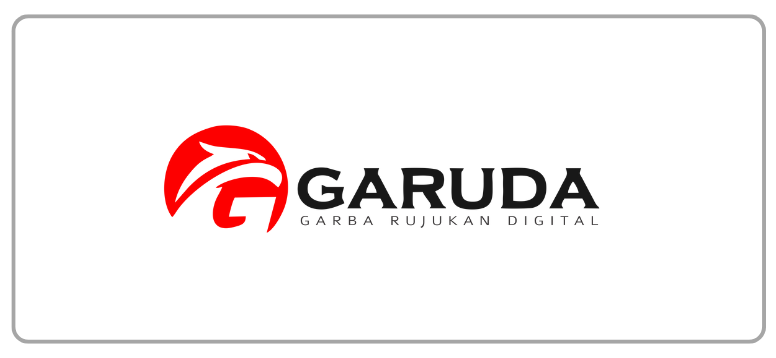Pecking Order Theory and Trade-Off Theory of Capital Structure: Evidence from Indonesian Stock Exchange
DOI:
https://doi.org/10.21512/tw.v13i1.666Keywords:
capital structure, pecking order theory, trade-off theoryAbstract
Numerous empirical studies in the finance field have tested many theories for firms’ capital structure. The pecking order theory and the trade-off theory of capital structure is among the most influential theories of firms’ capital structure. The trade-off theory predicts optimal capital structure, while the pecking order theory does not predict an optimal capital structure. According to pecking order theory, the order of financial sources used is the source of internal funds from profits, short-term securities, debt, preferred stock and common stock last. The main objective of this study is to econometrically test whether the listed companies in Indonesian Stock Exchange follow the pecking order theory or the trade-off theory. Samples in this study are public companies listed during 2009-2010. The research questions are tested by running regression models. The empirical result of this study shows that the pecking order theory is not supported, while the trade-off theory is supported. This suggests that the capital structure of listed companies in Indonesian Stock Exchange is financed based on optimal capital structure, not by the order financial resources.
References
Cotei, Carmen & Farhat Joseph. (2008). Testing capital structure theories: are the models’s assumptions correctly specified? European Journal of Economics, Finance and Administrative Sciences, 11.
Dang, V. A. (2006). Testing the Trade-off and Pecking Order Theories: A Dynamic Panel Framework, Unpublised Paper. University of Leeds, U.K.
Darminto. (2010). Pengujian teori trade-off dan teori pecking order dengan satu model dinamis pada perusahaan publik di Indonesia. Seminar on Corporate Finance, 1-11.
Fama, E. F. & French, K. R. (2002). Testing tradeoff and pecking order predictions about dividends and debt. Review of Financial Studies, 15, 1-33.
Flannery, M. J. & Rangan, K. P. (2006). Partial adjustment toward target capital structures. Journal of Financial Economics, 79, 469–506.
Frank, M. Z. & Goyal, V. K. (2003). Testing the pecking order theory of capital structure. Journal of Financial Economics, 67, 217-248.
Gunarsih, Tri. (2003). The Impact Of Governing Mechanism (Ownership Structure) and Diversification on the Performance of the Firms in Jakarta Stock Exchange. Unpublished dissertation. Gadjah Mada University, Yogyakarta.
Jensen, Michael C. & Meckling, William H. (1976). Theory of the firm: managerial behavior, agency cost and ownership structure. Journal of Financial Economics, 3, 305-360.
Lucas, D. & McDonald, R.L. (1990). Equity issues and stock price dynamics. Journal of Finance, 45, 1019-1043.
Myers, Stewart C. & Majluf, Nicholas S. (1984). Corporate Financing and investment decisions when firms have information that investors do not have. Journal of Financial Economics, 13, 187-221.
Myers, Stewart C. (1984). The capital structure puzzle. Journal of Finance, 39, 575-592.
Shyam-Sunder, L. & Myers, S. (1999). Testing static tradeoff against pecking order models of capital structure. Journal of Financial Economics, 51, 219-244.
Tsuji, Chikashi. (2011). An international survey of the evidence on the pecking order theory of corporate financing. Business and Economics Research, 1(1).
Downloads
Published
How to Cite
Issue
Section
License
Authors who publish with this journal agree to the following terms:
a. Authors retain copyright and grant the journal right of first publication with the work simultaneously licensed under a Creative Commons Attribution License - Share Alike that allows others to share the work with an acknowledgment of the work's authorship and initial publication in this journal.
b. Authors are able to enter into separate, additional contractual arrangements for the non-exclusive distribution of the journal's published version of the work (e.g., post it to an institutional repository or publish it in a book), with an acknowledgment of its initial publication in this journal.
c. Authors are permitted and encouraged to post their work online (e.g., in institutional repositories or on their website) prior to and during the submission process, as it can lead to productive exchanges, as well as earlier and greater citation of published work.
USER RIGHTS
All articles published Open Access will be immediately and permanently free for everyone to read and download. We are continuously working with our author communities to select the best choice of license options, currently being defined for this journal as follows: Creative Commons Attribution-Share Alike (CC BY-SA)

















